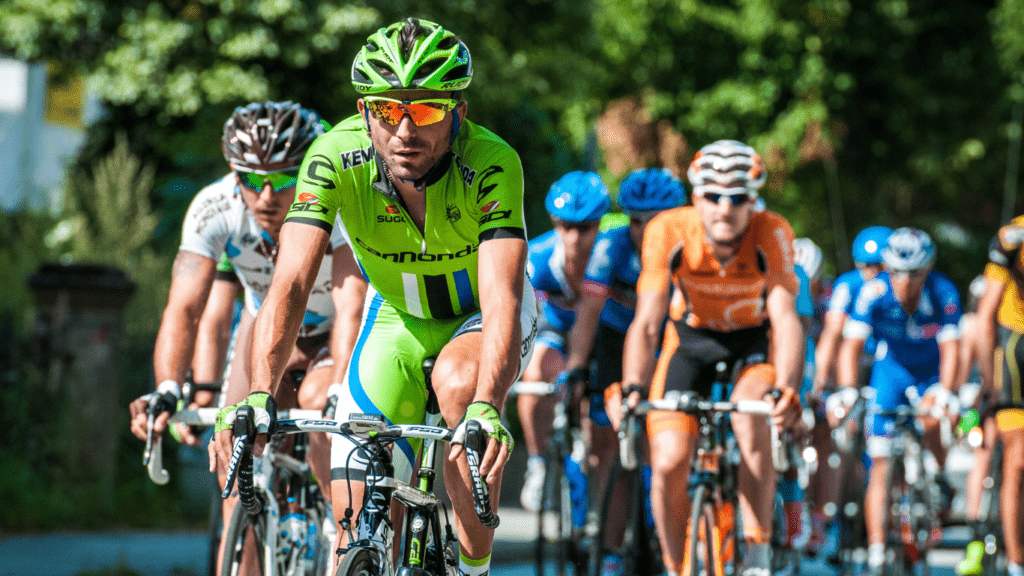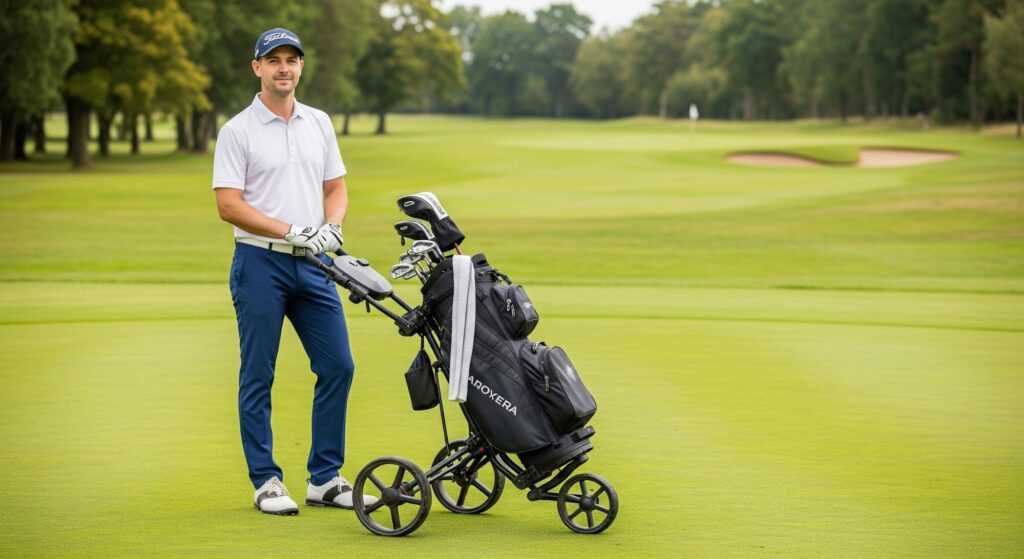Overview of Essential Protective Gear
Athletes rely on protective gear to minimize injury risk. Different sports require specific equipment to guard against common impacts and injuries.
- Helmets: Crucial for preventing head injuries in sports like football, cycling, and hockey. Modern helmets often incorporate advanced materials and technologies for enhanced protection and comfort.
- Pads: Essential for various sports, including football, basketball, and skateboarding. Players use shoulder, knee, and elbow pads to absorb shocks and prevent fractures and bruises.
- Mouthguards: Widely used in contact sports such as boxing and rugby. These devices shield teeth and gums, reducing the likelihood of dental injuries.
- Gloves: Important in sports like baseball and cricket. Gloves protect against friction and enhance grip, ensuring better control and safety.
- Shin Guards: Mandatory in soccer and hockey. These guards offer vital protection against kicks and sticks, aiming to prevent leg injuries.
Protective gear safeguards athletes, ensuring they’re prepared to face the physical demands of their sports. By equipping themselves with the right gear, athletes can focus on their performance with peace of mind.
Helmets: A Vital Shield
Helmets serve as an essential barrier against head injuries in various sports. They’re designed to protect athletes from impact-related trauma, especially in high-contact activities.
Types of Helmets for Different Sports

- Football Helmets: These helmets have a hard outer shell with foam padding inside to reduce concussions. They often include faceguards.
- Cycling Helmets: Known for their lightweight design and ventilation, cycling helmets use expanded polystyrene foam to absorb shock.
- Hockey Helmets: Equipped with a full-face shield, these helmets offer protection from pucks, sticks, and collisions on the ice.
- Ski and Snowboard Helmets: Designed to withstand cold conditions, ski helmets offer thermal insulation along with impact protection.
- Durable Shell Material: High-quality helmets use materials like polycarbonate or fiberglass for superior impact resistance.
- Advanced Padding Systems: Multi-density foam padding provides tailored comfort and enhanced shock absorption.
- Ventilation Systems: Strategically placed vents help maintain airflow and temperature control.
- Secure Straps and Fasteners: Adjustable chin straps ensure a snug, stable fit.
- Certification Standards: Compliance with safety certifications like ASTM or CPSC ensures the helmet’s protective capabilities have been rigorously tested.
These elements make helmets indispensable for athletes looking to protect their most vital asset: their head.
Pads: Essential Body Protection
Pads play a vital role in safeguarding athletes during games and practices. They absorb impacts, reducing the risk of injuries and allowing athletes to perform with confidence.
Shoulder Pads and Their Importance
Shoulder pads are crucial in contact sports like football and hockey. They consist of a hard outer shell and inner foam padding. This design absorbs shocks from tackles or falls, protecting the clavicle and shoulder joints. The right fit ensures maximum coverage without restricting movement. Properly fitted shoulder pads enhance comfort and safety, enabling athletes to focus on their skills.
Elbow and Knee Pads for Injury Prevention
Elbow and knee pads are essential for sports with frequent falls or knee-first impacts, like basketball and skateboarding. These pads are made of durable material with shock-absorbing gel or foam. They provide vital protection by minimizing bruising and joint damage. By wrapping around the elbows and knees, they offer flexibility while ensuring a snug fit. Wearing these pads enhances mobility and reduces the chances of scrapes or fractures, contributing to uninterrupted playtime.
Footwear: Beyond Regular Shoes
Footwear plays a crucial role in an athlete’s performance and safety. Specialized shoes far exceed the capabilities of regular shoes, providing essential protection and support.
Cleats and Spikes for Traction
For sports played on grass or turf, like soccer and track, cleats and spikes are indispensable. Cleats have rubber or metal studs that penetrate soft ground, offering stability and preventing slips during quick turns. Example: Soccer players depend on their cleats for precise footwork on the field. Spikes, often used in track and field, have pointed tips that grip the running surface. Example: Sprinters use spikes to enhance acceleration and maintain speed on the track. The material and design of cleats and spikes focus on durability and comfort, ensuring athletes maintain optimal performance without sacrificing safety.
Protective Boots for Extreme Sports
Extreme sports like snowboarding and motocross require specially designed boots for protection. Snowboarding boots offer support and warmth with features like ankle padding and sturdy soles. Example: Snowboarders rely on these boots for both foot protection and stability on the slopes. Motocross boots guard against impacts and abrasions with reinforced toe caps and shin protection. Example: Riders need these boots to withstand the rigors of rough terrain and potential crashes. These boots incorporate advanced materials to ensure rigidity and flexibility, critical for safety during high-impact activities.
Accessories for Extra Protection
In the world of sports, certain accessories provide vital additional protection that enhances both safety and performance. Understanding the utility of these items is key to ensuring comprehensive coverage.
Mouth Guards and Ear Protection
Mouth guards are indispensable in contact sports like boxing and rugby. They prevent dental injuries by absorbing and dispersing impact forces. I often see athletes using custom-fitted models for maximum comfort and effectiveness, reducing the risk of concussions. Ear protection becomes crucial in sports involving loud environments or risk of ear trauma, such as motor racing. Protective earmuffs or plugs help prevent hearing damage and improve concentration.
Wrist and Ankle Supports
Wrist supports offer stability and reduce injury risks in sports where wrist movements are frequent, like gymnastics and tennis. I recommend using adjustable braces to provide both support and flexibility. Ankle supports are essential in sports like basketball and soccer to prevent sprains and strain. Compression sleeves or wraparound braces offer the necessary support without compromising mobility, ensuring athletes can perform confidently.





